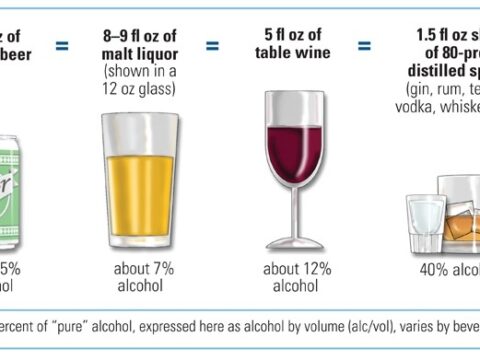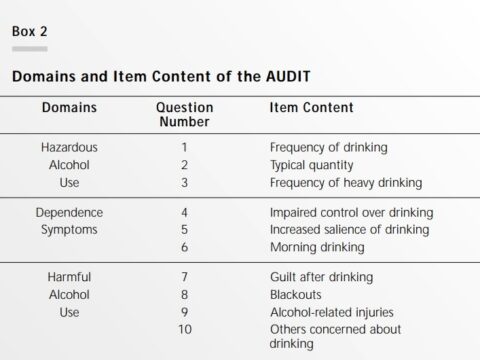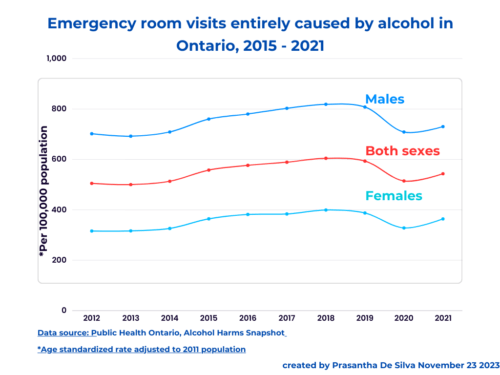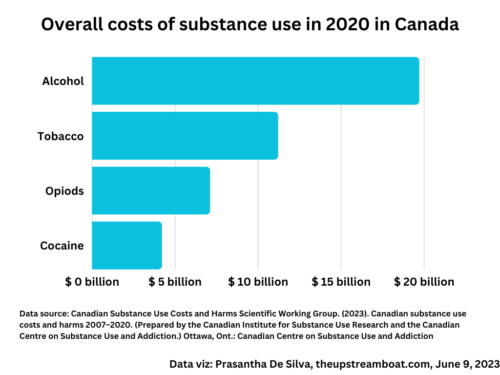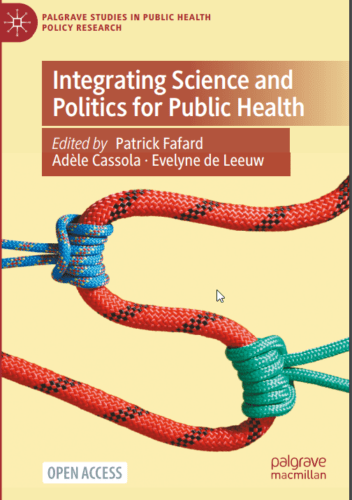Is it possible to quantify alcohol-related problems?
Among many, the Alcohol Use Disorders Identification Test (AUDIT) is one of the most widely used tools to quantify and categorise risk levels for alcohol-related problems.
This 10-item instrument came out of a multi-centre study executed by the World Health Organization (WHO).
I am describing the test in this post.
AUDIT (Alcohol Use Disorders Identification Test)
The AUDIT – the 10-item questionnaire – screens for alcohol-related problems within 10 minutes.
In 2001, the WHO published the tool as a freely available booklet. You can access it through this link: AUDIT test. Thomas Babor, John Higgins-Biddle, John Sanders, and Maristela Monteiro authored the booklet (Figure 1).
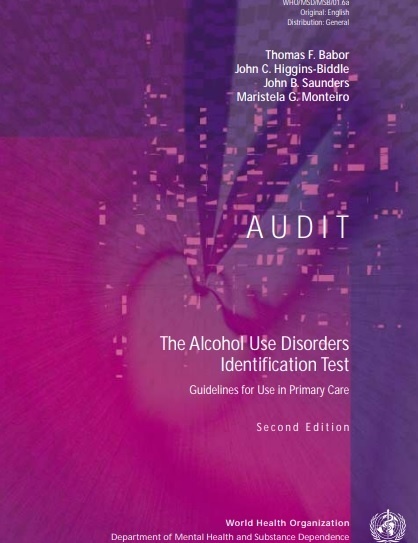
What is this instrument?
The instrument consists of 10 questions. Each question owns five responses with scores ranging from 0 – 4. The respondent should choose one out of five.
The total score can vary between 0 – 40.
All the questions inquire about the respondent’s alcohol consumption and related problems during the past 12 months from the interview date.
It consists of two versions: The interview version and the self-administered version.
The interview version of the AUDIT tool

Source: https://apps.who.int/iris/bitstream/handle/10665/67205/WHO_MSD_MSB_01.6a.pdf?sequence=1
Item domains
The instrument consists of three domains;
- Hazardous alcohol use,
- Dependence symptoms, and
- Harmful alcohol use.
The first three questions deal with the first domain – hazardous alcohol use; the four to six questions probe about dependence symptoms. The last four questions seek information about harmful alcohol use.
Box 2 summarises these three domains and their related question items succinctly.

source: https://apps.who.int/iris/bitstream/handle/10665/67205/WHO_MSD_MSB_01.6a.pdf?sequence=1
Challenges in using the AUDIT instrument
I faced several challenges in using the AUDIT. The most critical one was administering the second and third questions. The respondent should respond to the questions in terms of the number of standard drinks consumed past 12 months.
I found that the average respondent faced difficulty in responding to the two questions even after the interviewer explained what a standard drink is. I discussed the standard drink concept in a previous post.
This became more complicated in a setting where a significant percentage of respondents consume unrecorded (“illegal”) products.
To overcome the above challenges I adapted and then validated the instrument. You can read more about it in the next post: https://theupstreamboat.com/alcohol-use-disorders-identification-test/

